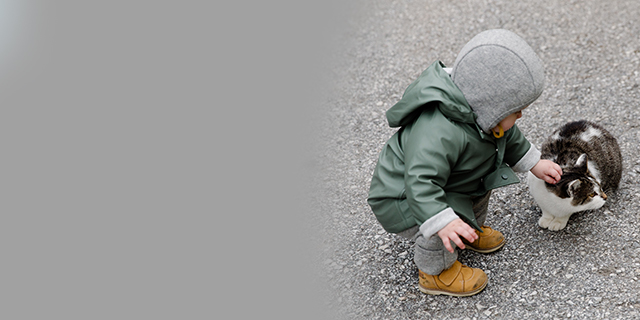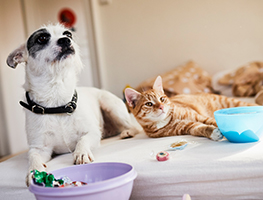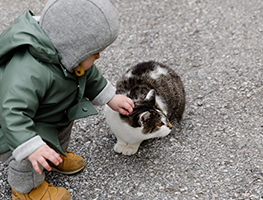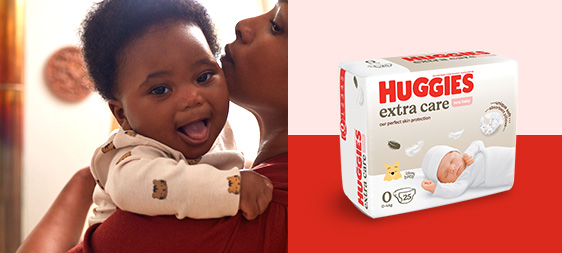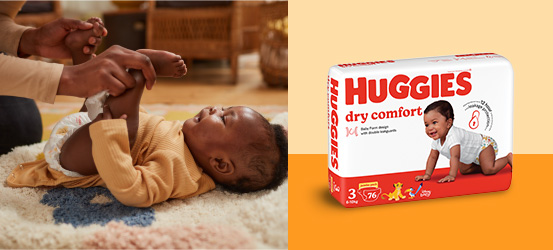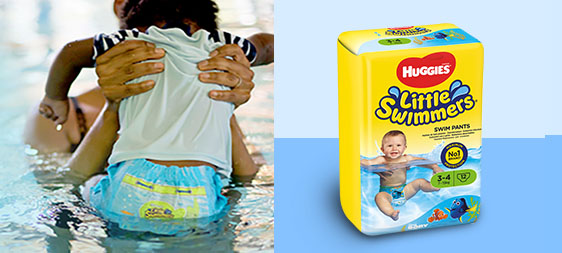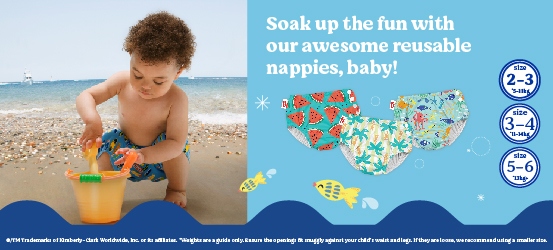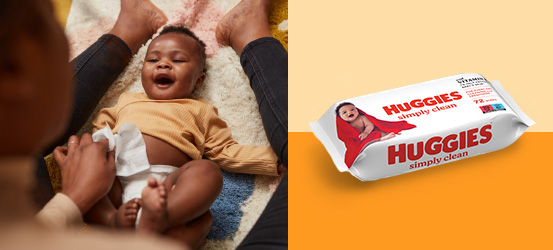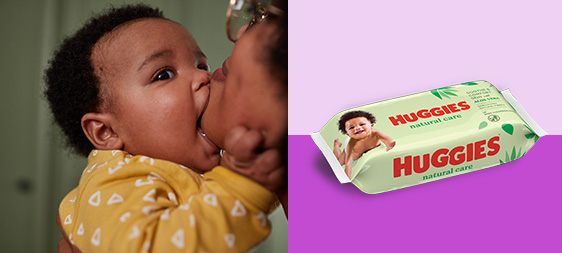Cats can make great first pets for kids and in some ways they are much easier than dogs, as they are nowhere near as demanding on attention and time - for a start, they sleep for around 18 hours every day!
Cats are irresistible
Kids of course find cats irresistible – they are small, cute and very cuddly, but cats can also cause nasty injuries by biting and scratching if they are not handled correctly. There are just a few golden rules to apply to ensure a happy relationship between feline and child.
Cats are not toys
It’s really important that children learn that cats are not toys, but are living beings that feel pain just like us. For this reason, I recommend that kids under the age of six are not allowed to pick up kitty as they really are too young to understand what is comfortable and safe for a cat. Young children just don’t have a grasp of when a cat is likely to lash out and scratch.
Older kids should only be allowed to pick up the cat under supervision. Sit them down on the floor (at cat level) to pat or play. Tell children that if the cat struggles at all, to let it go instead of trying to force it to do something it doesn’t want to.
Bonding
Playtime is perfect for teaching children to bond with their feline friends. It helps to give them a greater understanding of a cat’s instincts and body language. Avoid games that encourage kitty to chase or pounce on little fingers. Cats love to play with boxes, paper bags and ping pong balls – (and the great thing about these toys is that they’re cheap too).
Caring for kitty
Involve kids in everyday care of the family cat. Younger ones can help fill the water bowl and older kids can take care of brushing or changing the litter tray duties. Lessons in basic pet hygiene can be learnt here. Remind your children to always wash their hands after handling the cat. This is particularly important after helping out with the litter tray.
Encourage the whole family to come on trips to the vet. This teaches children about animal health and the responsibility of caring for kitty. It also allows kids to understand the role of the veterinarian in pet health (just like the doctor is for us).
Trim your cat’s claws so they are less likely to do damage should a scratch occur. Your vet can help you out or show you how, but if you have a particularly ‘laid back’ cat, you can cut them yourself. With kitty secured comfortably, pick up a foot and lift it towards you. By squeezing the toe between your thumb and forefinger, you can extend the nail and trim it, using small guillotine clippers. Human toe nail clippers may also be easy to use. The most important thing is to avoid the pink blood vessel that runs inside the nail. If you can’t see this, then seek advice from your vet before attempting a trim.
Time to rest
Make sure that kitty has somewhere safe and private to retreat to at all times. She should have a bed, litter tray and food and water bowls in an area that is off limits to the kids. Use a baby gate if necessary to keep toddlers away from this “safe haven”. Teach kids to respect your cat’s privacy and to only interact with kitty when he/ she comes to them, not the other way around.
For more information see Kids and animals or Parenting.

